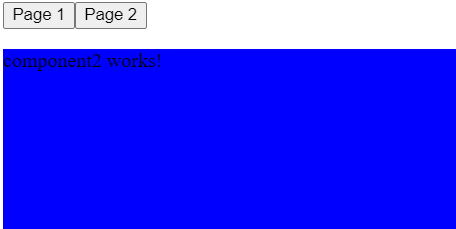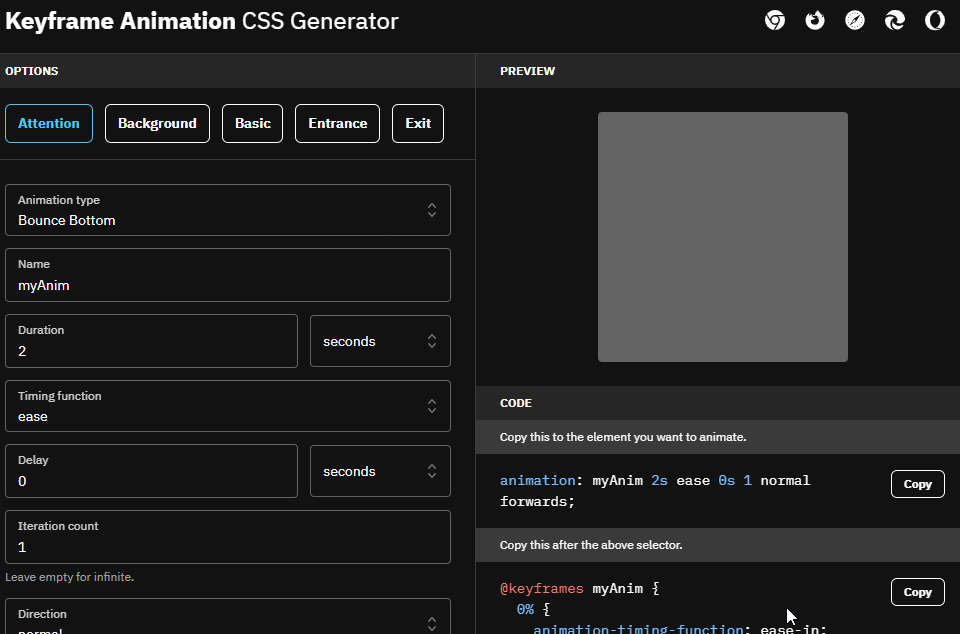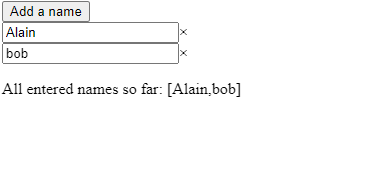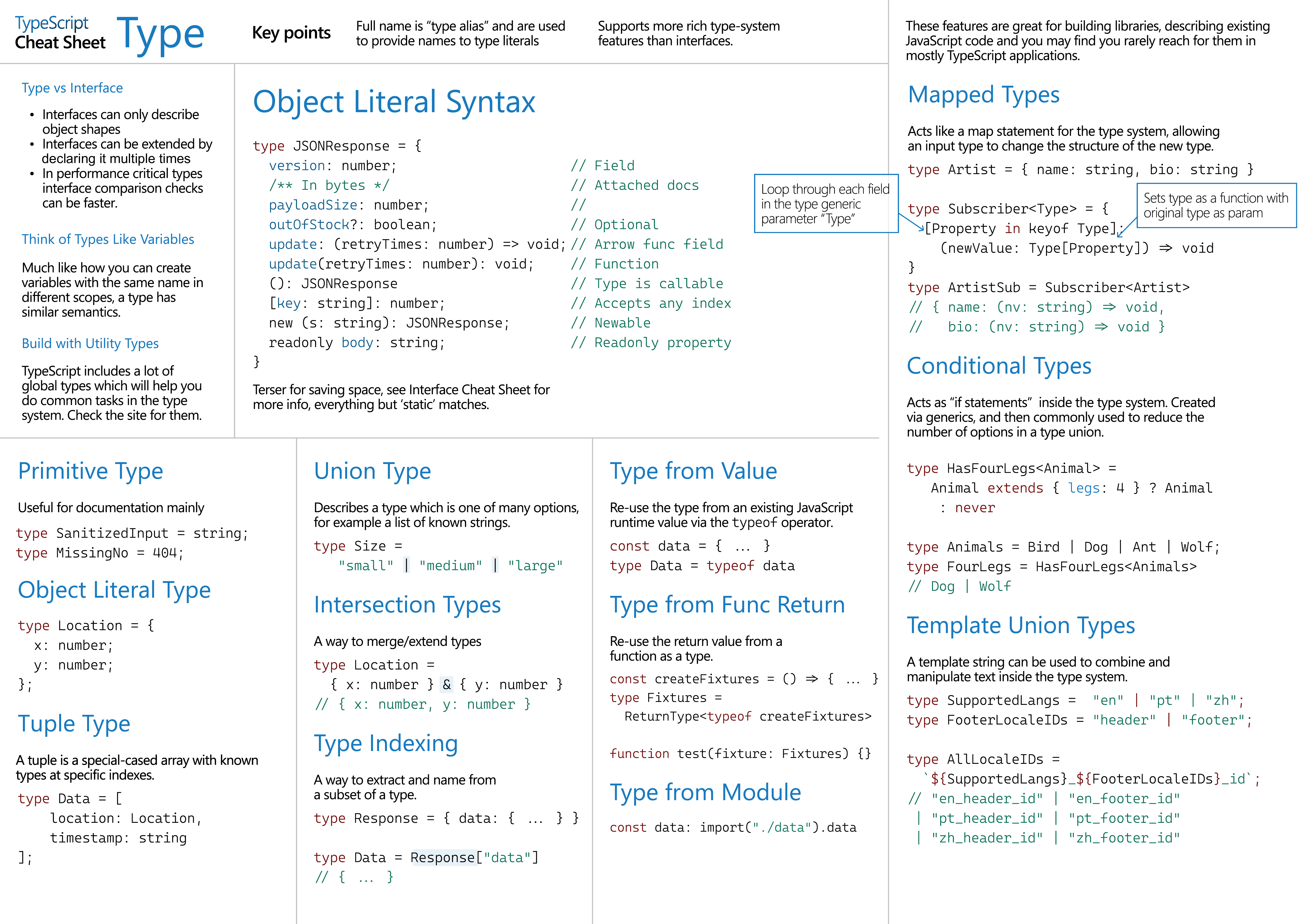Congratulations for making it to the end of year one of the Daily Angular Newsletter! This is the 260th entry of the year, which means I managed to publish something every single working day of the year. That was a lot of work, so In 2024, I’m moving to a weekly format, which means we get a new logo:
If you want to receive these weekly emails, you’re already in if you received my daily emails. If you were not receiving the daily emails, you can subscribe here to receive the weekly newsletter. If you want out, there is an unsubscribe link at the end of each email.
Last but not least, I want to thank you for reading these daily messages. Your feedback has been fantastic all year, so I signed up for a second year with a new cadence!
I also introduced links so you can support my work by buying me a coffee; several of you have used it this past month, which is excellent and is pushing me to create more free content, starting with another online workshop on component testing in January.
Happy New Year, and see you next week for the first edition of the Weekly Angular Newsletter!




















